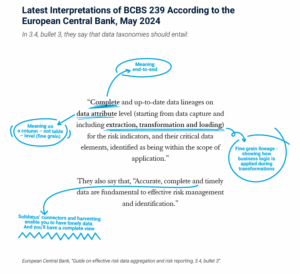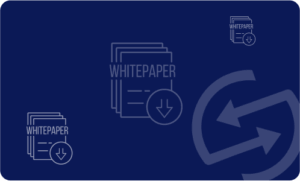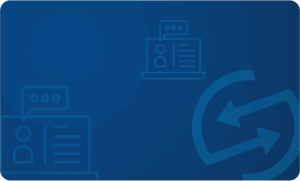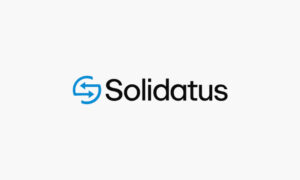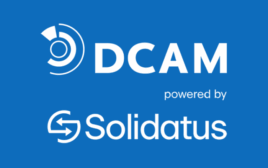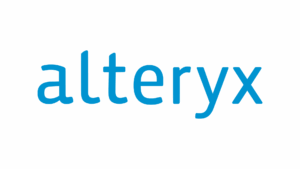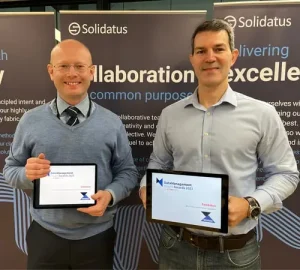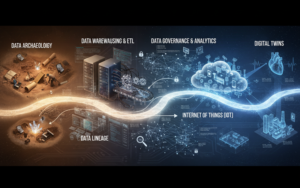Data Management
What is data management?
Data management is the process of collecting, keeping, and using data in a cost-effective, secure, and efficient manner. It helps people, organizations, and connected things optimize data usage to make better-informed decisions that yield maximum benefit. There’s a significant crossover with data governance.
Solidatus provides the detail and broad overview of data lineage required to fully understand and manage how an organisation uses data. It answers critical business questions around the sources, uses, and meaning of data, and it offers a single source of truth for business and technical teams to use when coordinating data management efforts and practices.
What is data sharing?
Data sharing concerns sharing data and datasets to internal and external users and applications. It is a business-facing ability, which tracks KPIs around who it is shared with and who is using it, to understand the value and use of data. This is closely tied to data security, to ensure secure and controlled access to different types of data. Data sharing is also linked to integrations, which track how data is being shared across different technologies.
More FAQ Topics
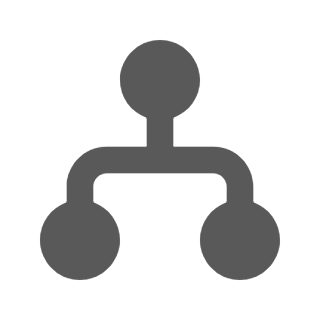
Data Flows and Data Mapping
In data lineage, data mapping is the specific process of linking data fields from one data source to others.

Data Risk Management
Data risks for AI relate to regulatory requirements, responsible AI use, and the ability for users to trust the outputs of AI models

Types of Data Lineage
Column-level lineage is a form of lineage that goes to the level of detail of tracing the flow of data through your organization at the column level of a system – as opposed to only the table level.

Data Mesh and Data Fabric
Data mesh is a methodology of managing data, whereby instead of one central data control unit or team, data management is decentralized in an organization

Data Migration
A data migration process involves selecting, preparing, extracting, and changing data in order to permanently move it from one software system to another

Data Tracing
Data tracing refers to being able to trace back from a critical business use case, such as an annual report or compliance requirement, to see the source, journey and changes of data that impact these use cases.

Data Transformation
Data integration tools allow data to flow between different technologies. One of the problems of using a data integration tool is that it might not capture the data flow – and lineage or any transformation that is happening when data moves from one technology to another.

Metadata Management
Metadata management helps standardize a common language and description of data, using a set of policies, actions and software to gather, organize, and maintain it.

Solidatus Integrations and Solutions
A Solidatus Integration enables Solidatus to ingest detailed information (metadata, lineage, transformations, etc) from external systems into structured models.

























